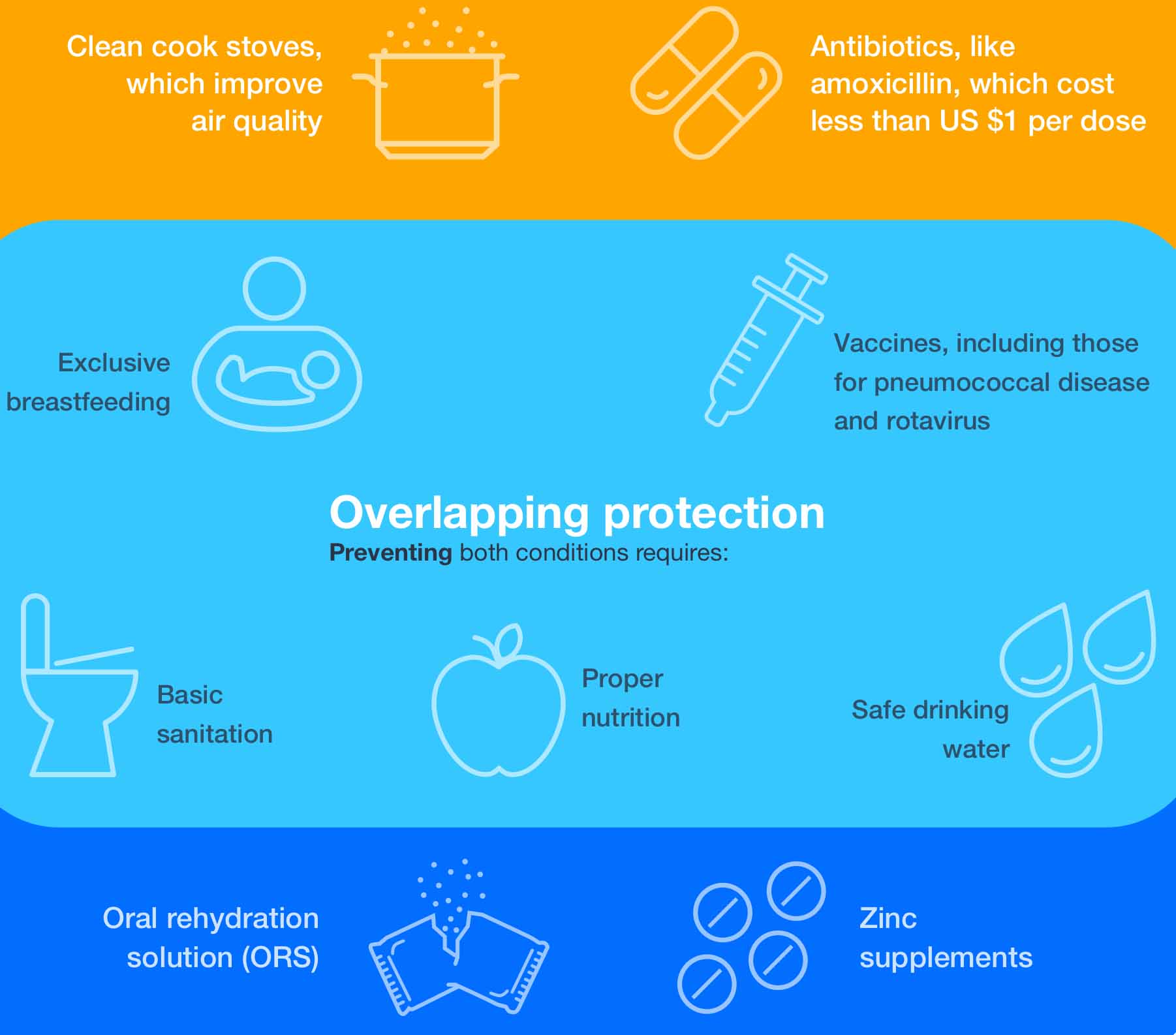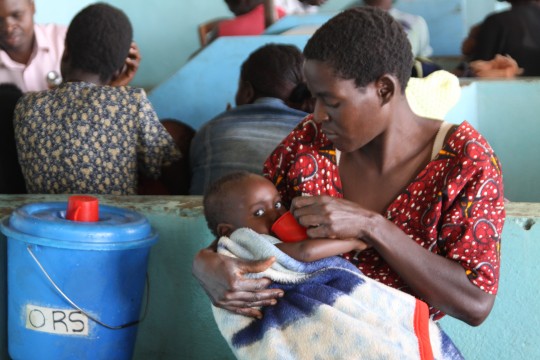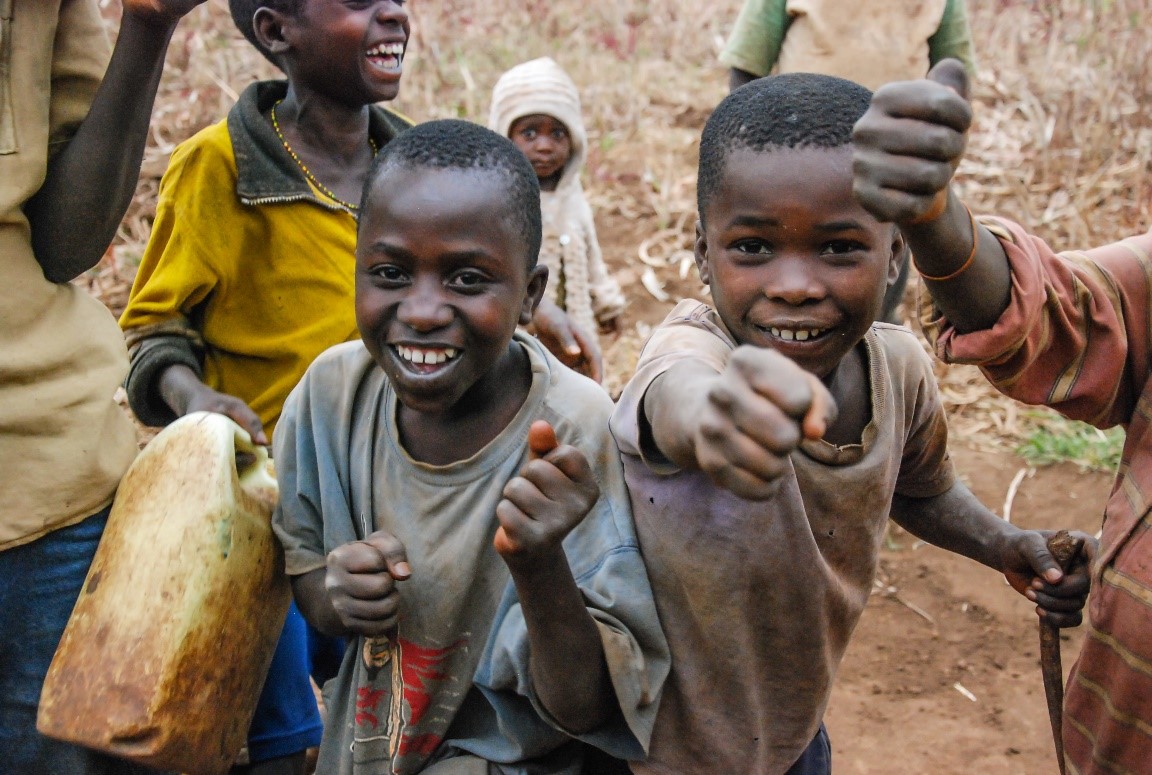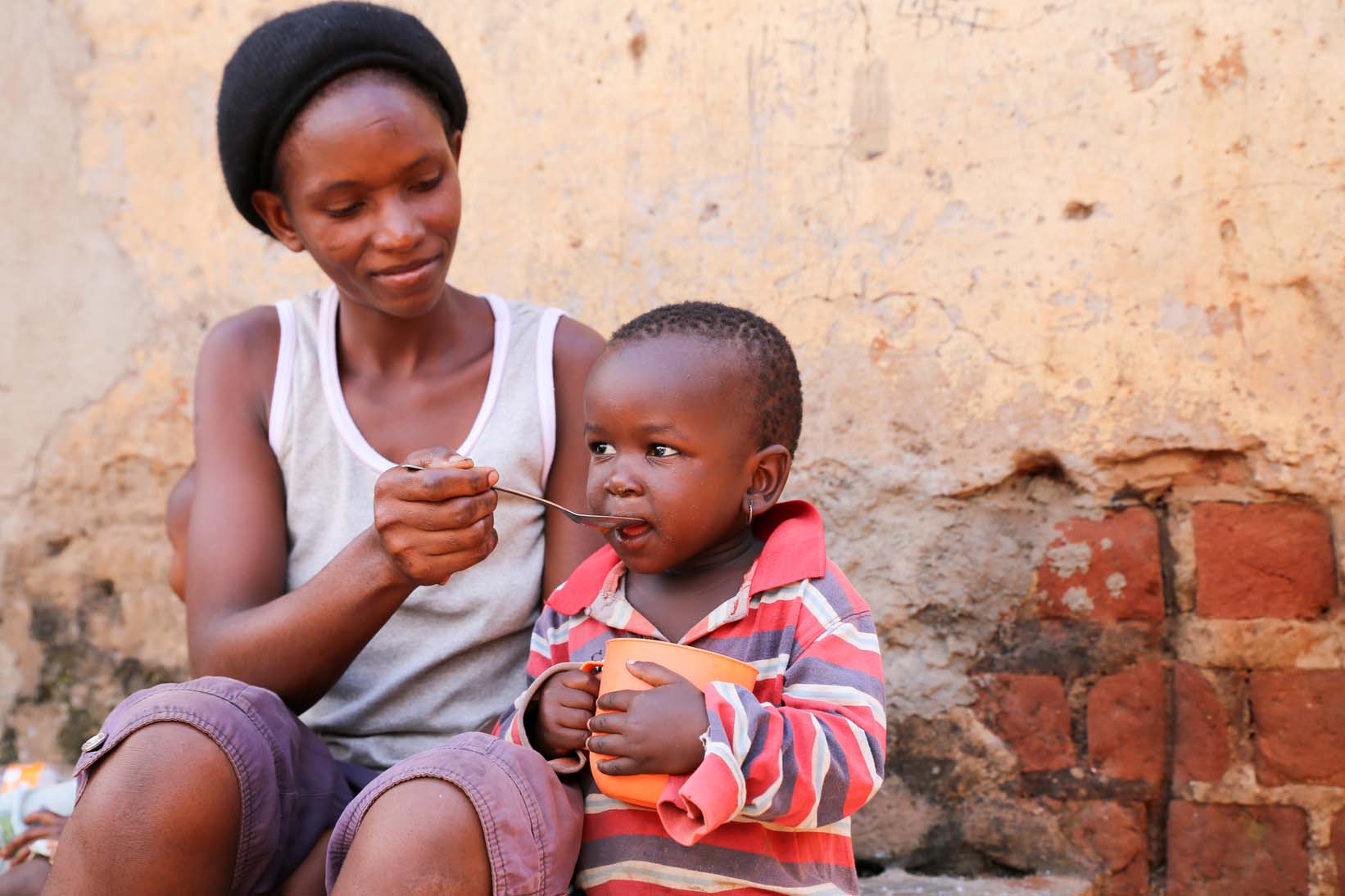
For pneumonia and diarrhea, there’s complementarity in tools and partnerships

Tools to fight pneumonia, in orange, and tools to treat diarrhea, in dark blue, are simple and cost-effective. As this graphic demonstrates, there is significant overlap in the tools that prevent both illnesses.
It is a sad irony that the leading infectious killers of children less than five years old, pneumonia and diarrhea, require the least amount of resources to address when basic tools (like exclusive breastfeeding promotion, vaccines against pneumonia and diarrhea, and safe drinking water) are fully integrated into the health system. More ironic still, the frequency of these illnesses and the commonality of their symptoms pose a unique threat to progress: families may take warning signs in stride until it becomes extreme, and by then, it is often too late.
The solutions are simple, but they are multiple, and they are only as good as the level of awareness about them. In 2012, the World Health Organization (WHO) and UNICEF launched a global strategy: the Global Action Plan for the Prevention and Control of Pneumonia and Diarrhoea (GAPPD). It elevates an integrated prevention and treatment approach as the gold standard to address pneumonia and diarrhea, and I believe one of the main components that avails Kenya’s continued child health improvement is proactive government leadership to adapt the tools outlined in the GAPPD into national policies and guidelines.
According to the International Vaccine Access Center (IVAC) report that measures high-burden country progress to implement GAPPD interventions, treatment indicators have lagged behind prevention. Furthermore, ORS coverage is low at 30%, but use of zinc, which WHO prescribes should be co-administered with ORS, is much lower. This has been true in Kenya as well. Yet it is an exciting time in Kenya as we’ve incorporated amoxicillin for pneumonia and an ORS/zinc co-pack into our national essential medicines lists. Since the inclusion of the ORS/zinc co-pack on the essential medicine list three years ago, uptake of zinc alongside ORS dramatically increased. Importantly, national guidance empowers community health workers to deliver the ORS/zinc co-pack to families directly, while also helping drive patients to the clinic when necessary and reinforcing basic prevention measures.
Saving one life would be enough, but I am personally motivated by the potential of having impact at scale with low-cost interventions.
National policies and procurement systems that prioritize local needs are in place, and the fact that the Kenyan government drove this process is one its great strengths. But I see the strong engagement of civil society partners at different levels as the other major key to our success. Essential drugs may not be available at clinics if county governments are unaware of the national guidelines to invest in them. It takes resources to train and inform health workers at the local levels about new guidelines. The government depends on civil society partners like PATH to share information at the county level where health investment decisions are made and equip health workers to deliver essential prevention and treatment information to the families who lack awareness about the true threats of pneumonia and diarrhea.
It is heartbreaking to see any child die from a preventable cause. Saving one life would be enough, but I am personally motivated by the potential of having impact at scale with low-cost interventions. I am incredibly proud of all the fifth birthday celebrations made possible as a result of Kenya’s efforts, and look forward to seeing how many more fifth birthdays we will create in partnership together.





